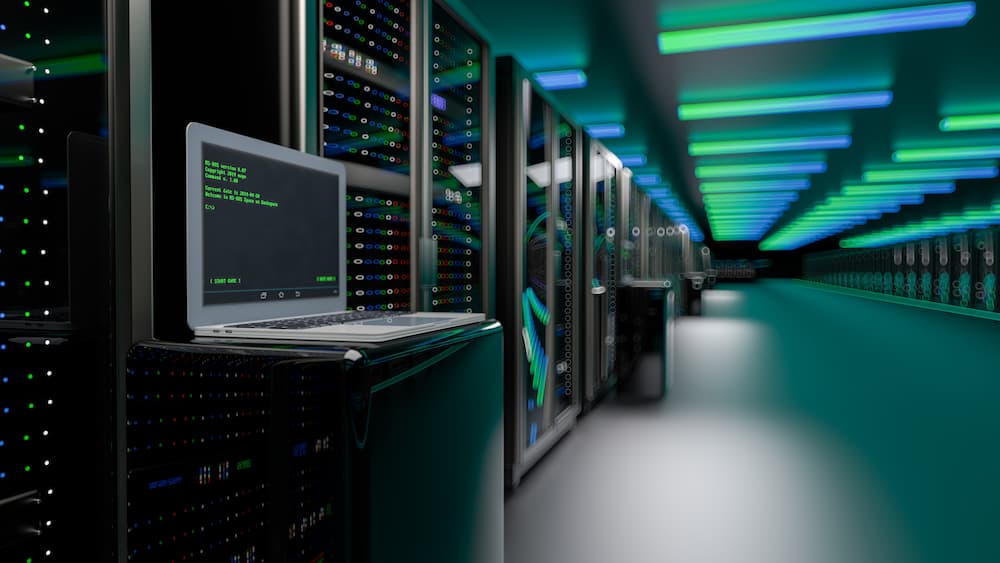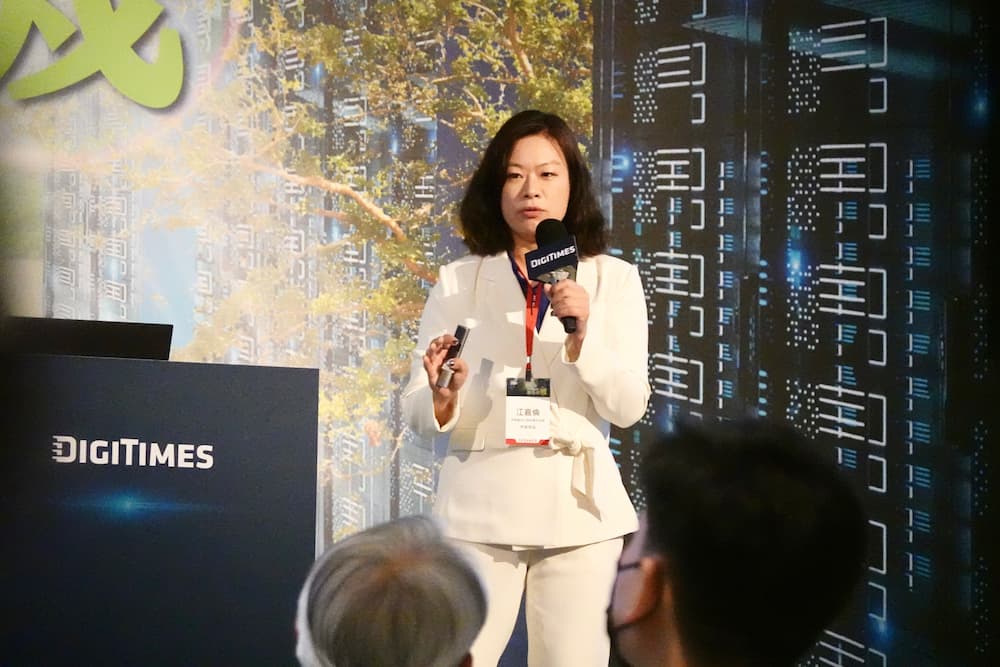
Companies are in desperate need of energy-saving solutions for energy-intensive data centers. (Photo: iStock)
Leading telecom operator Chunghwa Telecom and uninterruptible power supply (UPS) system provider Eaton shared their solutions to carbon reduction through energy management at a forum titled "Green miracle for data centers" organized by DIGITIMES on May 22.
The AI boom has led to a surge in demand for data centers, with tech giants such as Google and Tesla planning to expand their overseas data centers. However, with the high power consumption of AI computing and the 10-year lifespan of data centers, achieving net-zero emissions has become increasingly challenging.
Renewable energy, cooling solutions drive sustainability amid Asia's green data center boom
Optimistic about the future demand for data centers in Asia, Chunghwa Telecom has been aggressively developing internet data centers (IDCs) in recent years. At this year's investor conference, the company announced significant investments in building IDCs and submarine cables.
Chunghwa Telecom's senior engineer Hsueh Ren-hao (薛人豪) pointed out that while global data centers are concentrated in Europe and the U.S., Asia's data centers are growing fastest, from 16.9% in 2019 to 20.7% in 2023, making it the world's third-largest data center region, according to international research firm OVUM.
In Asia, the top five countries and regions with the most data centers are India, China, Japan, Hong Kong, and Singapore, with Taiwan ranking ninth.
Despite their high population density, Singapore and Hong Kong stand out due to their abundant submarine cable resources, which contribute to more than 95% of the world's internet traffic.
Data centers follow network resources, and companies often assess a region's future growth potential based on its submarine cable resources, Hsueh said.
.jpg)
Chunghwa Telecom's senior engineer Hsueh Ren-hao introduces the milestones of the “Green IDC Program.” (Photo: Hsu Tsu-lin)
In addition to actively investing in submarine cable construction at home and abroad, Chunghwa Telecom is also developing energy-saving and carbon-reducing technologies for IDCs.
According to Chunghwa Telecom's Information Technology Group, the company's total electricity consumption in 2020 was 177 million kWh, with IDC server rooms accounting for nearly 80%.
To achieve the goal of net-zero data centers, Chunghwa Telecom has been implementing the “Green IDC Program” since 2020. As of 2023, the proportion of renewable energy used in IDCs has increased from 0% to 21%, with a target of 100% (RE100) by 2030.
Additionally, Chunghwa Telecom has introduced various cooling solutions for server rooms. Operators can choose the appropriate method based on their power consumption, such as downflow air conditioning, wall-mounted air conditioning, and direct liquid cooling.
Digital simulation technology enables data center energy efficiency optimization
Eaton, an intelligent power management (IPM) company that has worked with DELL and Nvidia, also shared energy-saving strategies and AI management trends for green server rooms.
Eaton's core strength lies in providing an intuitive industrial management interface that enables operators to monitor cables, energy consumption, and O&M status in real time, even when they are not in the server room,” said Chiang Chia-lun (江嘉倫), Eaton's senior product marketing manager.
Chiang mentioned that Eaton's key to achieving optimal energy efficiency in the server room is its “digital twin” technology, which utilizes Internet of Things (IoT) sensors and networks to map real-world conditions into a digital environment, creating a digital “twin” that is fully synchronized with the real world.

Eaton's senior product marketing manager Chiang Chia-lun explains how "digital twin" technology can help with data center management. (Photo: Hsu Tsu-lin)
Chiang used IKEA's virtual interior design service as an example to explain the application of "digital twin" technology.
She pointed out that IKEA is able to “put” furniture into the virtual home environment because it has complete data on the furniture. Similarly, Eaton's Brightlayer Data Center Suite, an open management platform, is based on the same concept. By creating a complete picture of the modem's data and physical volume, it provides a virtual server room service that allows for detailed planning of energy and space usage before the server room is built.
Eaton's single management platform addresses common pain points in data centers. It not only performs asset lifecycle management, capacity planning, and energy optimization, but also provides data insights, optimized data center performance management, decentralized IT performance management, and power monitoring systems. By integrating the UPS system and energy storage facilities, Eaton optimizes power supply and O&M costs, as well as saving plant space.
AI technology is the key to data center management upgrades, Chiang said, adding that Eaton is developing AI features to enable predictive maintenance in data centers while reducing the number of sensors and energy consumption in the server room.
These technological innovations will further enhance data center operational efficiency while ensuring the compliance with the net-zero goal and sustainability regulations.
.jpg)
DIGITIMES held a forum titled “Green miracles for data centers” on May 22, inviting leading data center technology companies including Chunghwa Telecom, Eaton, Schneider Electric, AWS, Pure Storage, and VERTIV. (Photo: Hsu Tsu-lin)




